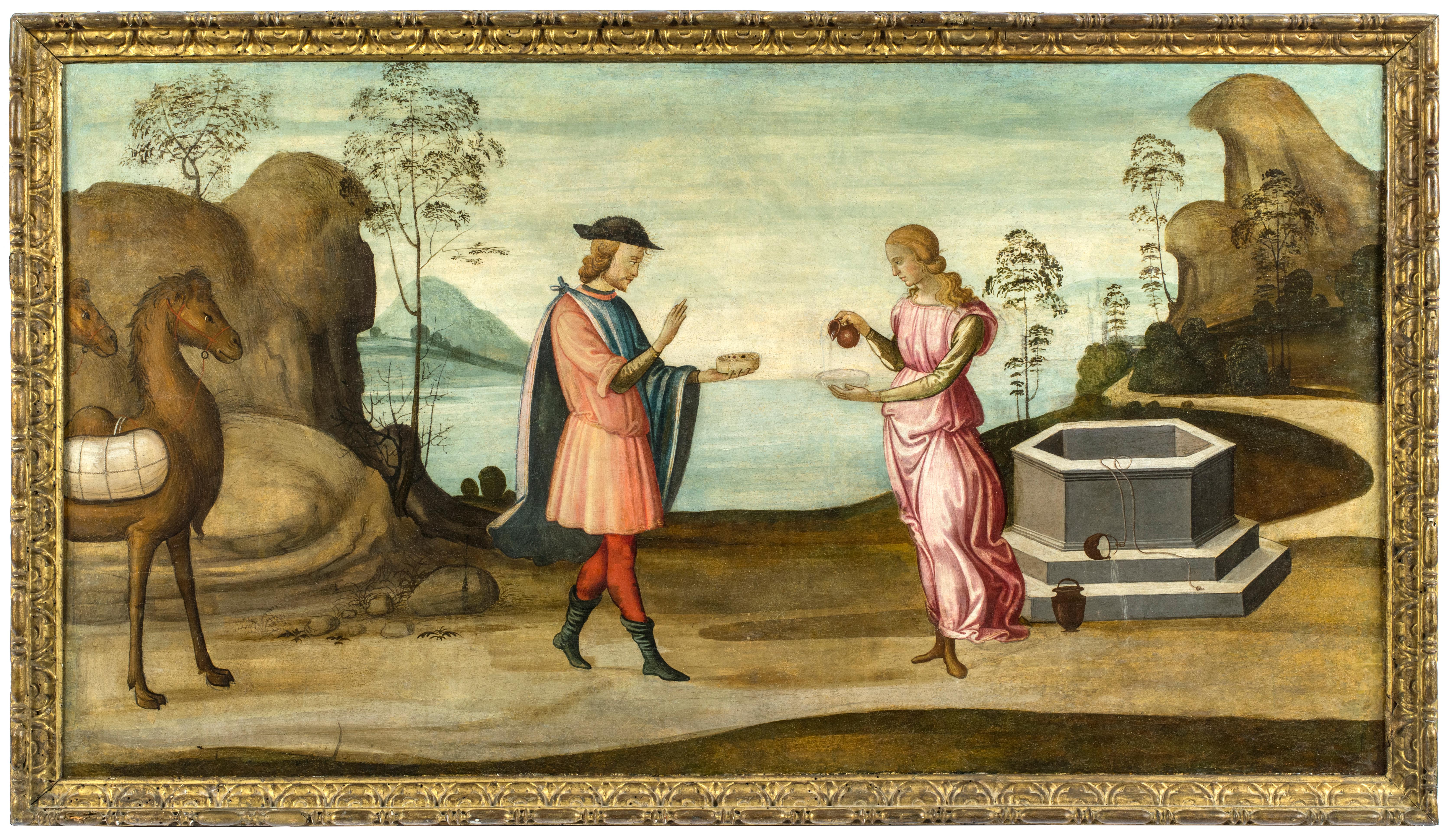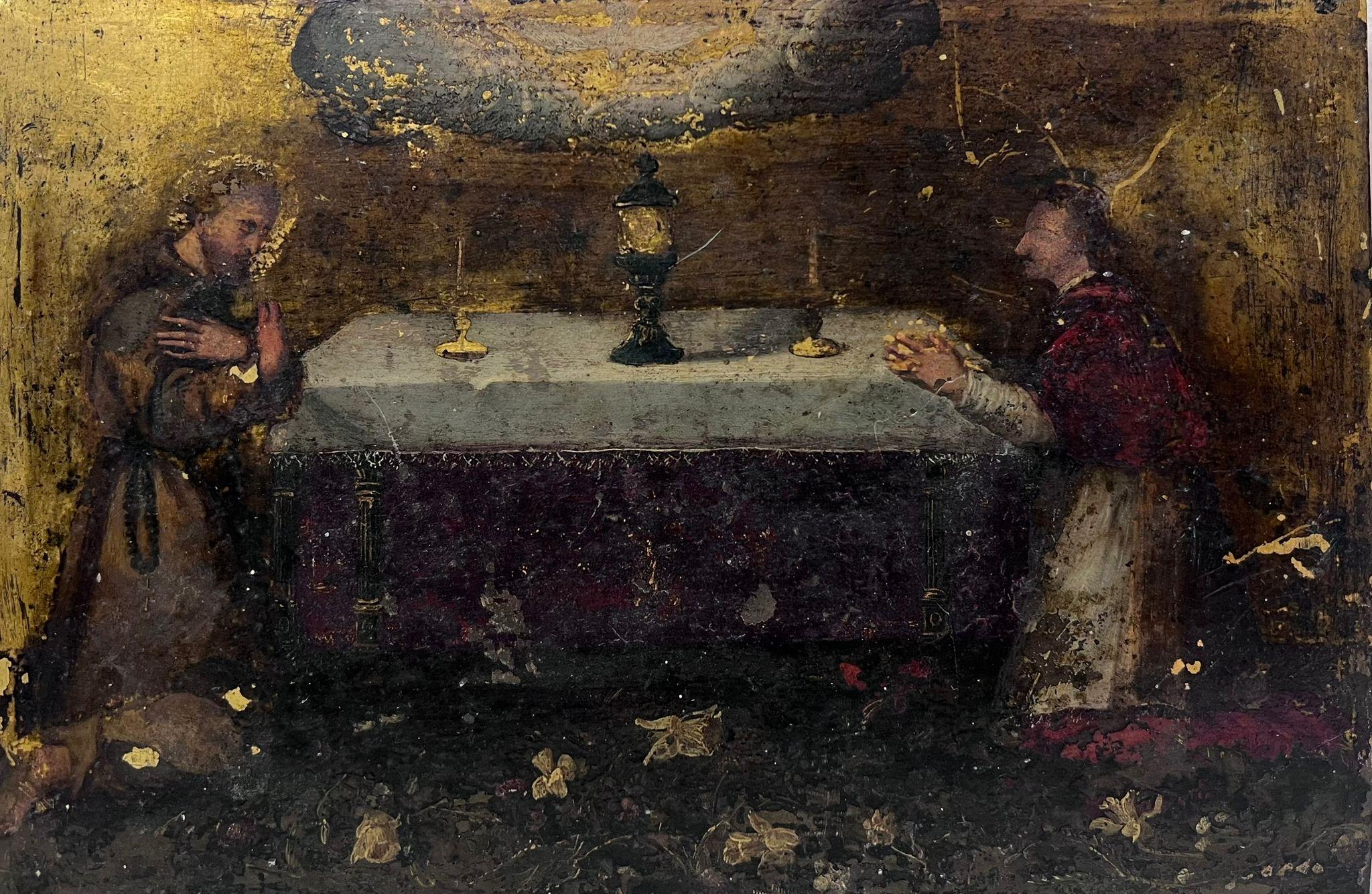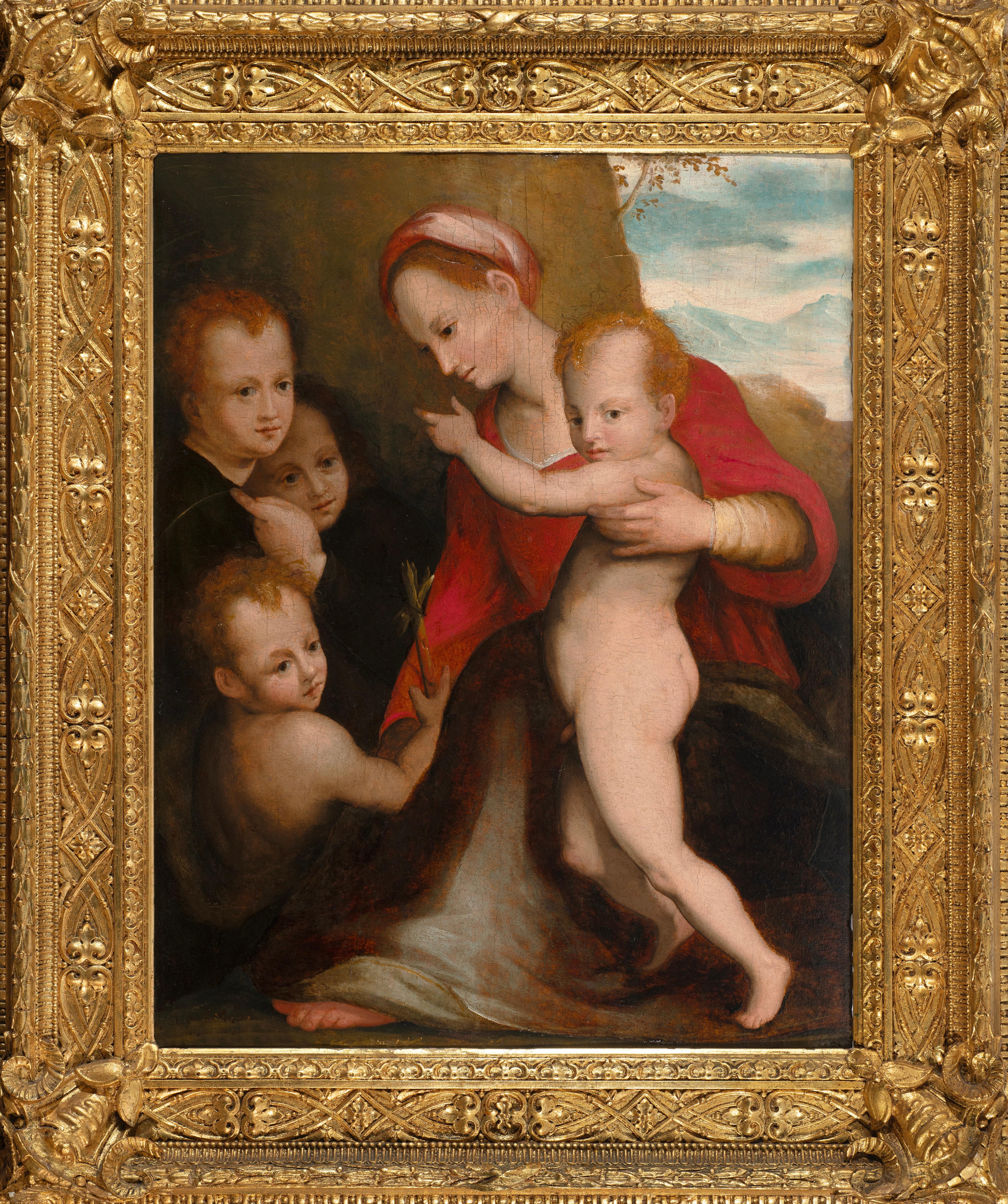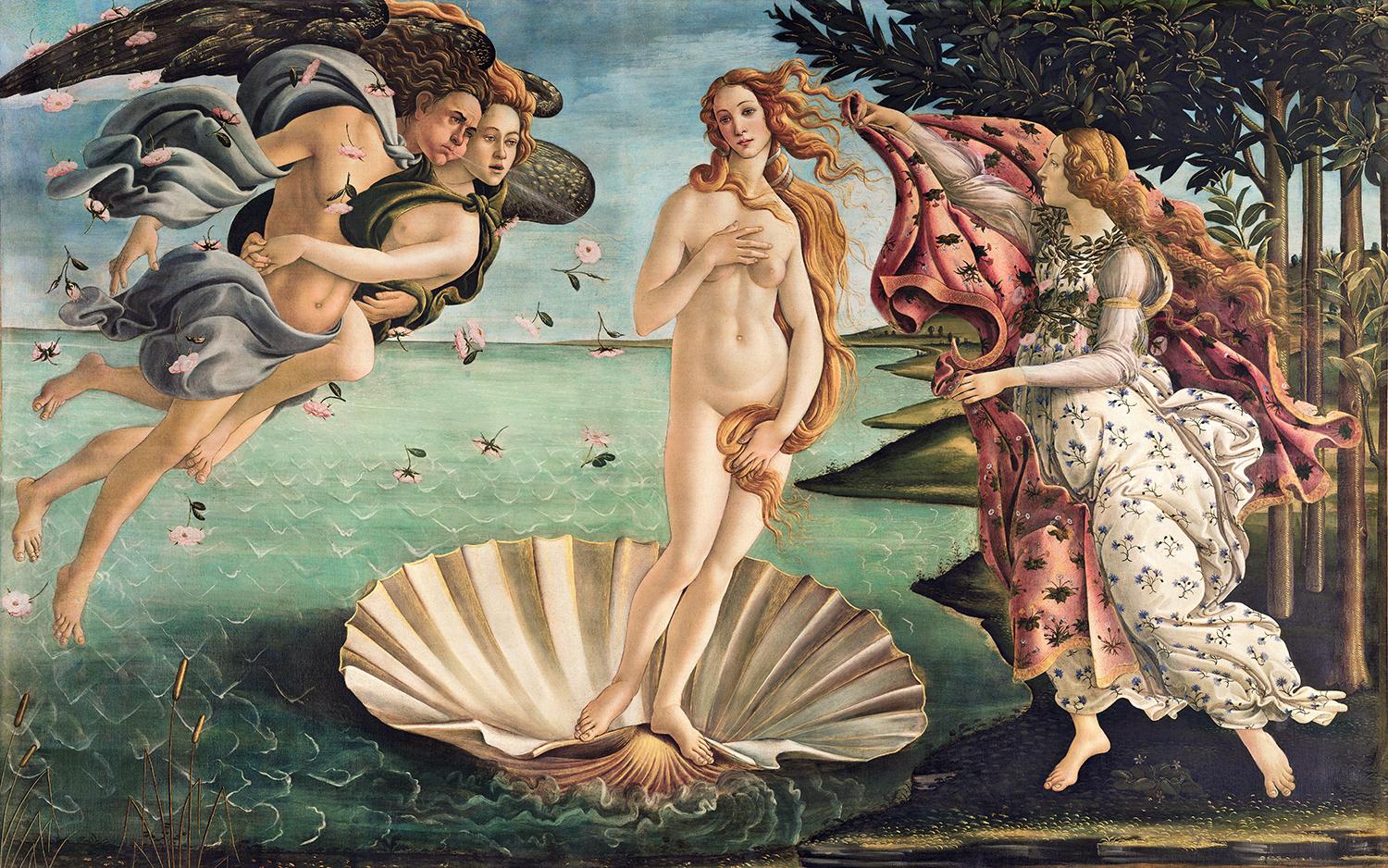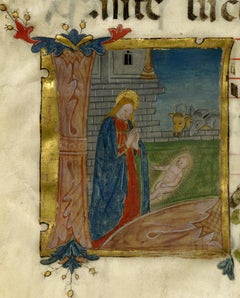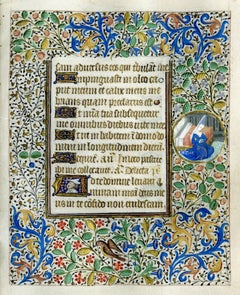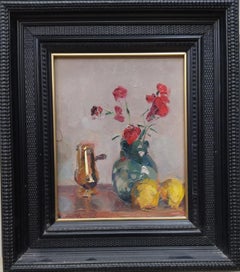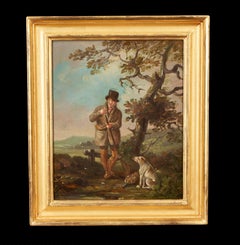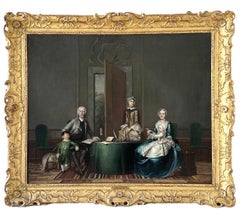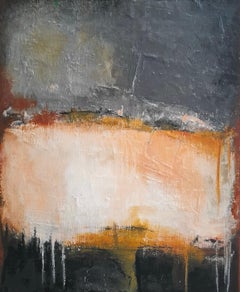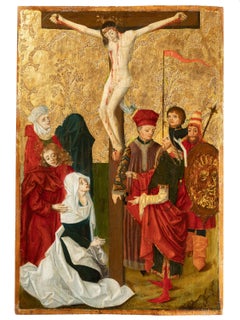15th Century and Earlier Paintings
Medieval 15th Century and Earlier Paintings
Egg Tempera
Renaissance 15th Century and Earlier Paintings
Copper
Old Masters 15th Century and Earlier Paintings
Pigment
Old Masters 15th Century and Earlier Paintings
Gouache, Pigment
Impressionist 15th Century and Earlier Paintings
Wood, Acrylic
Italian School 15th Century and Earlier Paintings
Tempera, Wood Panel
Old Masters 15th Century and Earlier Paintings
Cotton Canvas, Cotton, Oil
15th Century and Earlier Paintings
Oil, Panel
Renaissance 15th Century and Earlier Paintings
Oil, Tempera, Wood Panel
Old Masters 15th Century and Earlier Paintings
Tempera, Panel
15th Century and Earlier Paintings
Oil, Panel
Old Masters 15th Century and Earlier Paintings
Wood Panel, Tempera
Old Masters 15th Century and Earlier Paintings
Tempera, Panel
15th Century and Earlier Paintings
Oil, Panel
Old Masters 15th Century and Earlier Paintings
Tempera, Oil, Wood Panel
Renaissance 15th Century and Earlier Paintings
Tempera, Panel
Renaissance 15th Century and Earlier Paintings
Wood Panel, Oil
Italian School 15th Century and Earlier Paintings
Oil, Panel
Romantic 15th Century and Earlier Paintings
Canvas, Oil
Renaissance 15th Century and Earlier Paintings
Oil
Art Nouveau 15th Century and Earlier Paintings
Canvas, Acrylic
Old Masters 15th Century and Earlier Paintings
Oil
Old Masters 15th Century and Earlier Paintings
Canvas, Oil
Italian School 15th Century and Earlier Paintings
Oil, Panel
Old Masters 15th Century and Earlier Paintings
Ink, Watercolor, Archival Paper
Old Masters 15th Century and Earlier Paintings
Paper, Watercolor
Old Masters 15th Century and Earlier Paintings
Ink, Watercolor, Archival Paper
Old Masters 15th Century and Earlier Paintings
Ink, Watercolor, Archival Paper
15th Century and Earlier Paintings
Metal
15th Century and Earlier Paintings
Metal
Old Masters 15th Century and Earlier Paintings
Bronze
Contemporary 15th Century and Earlier Paintings
Gold Leaf
Old Masters 15th Century and Earlier Paintings
Oil
Color-Field 15th Century and Earlier Paintings
Acrylic
Gothic 15th Century and Earlier Paintings
Gold Leaf
Realist 15th Century and Earlier Paintings
Oil
15th Century and Earlier Paintings
Charcoal
Contemporary 15th Century and Earlier Paintings
Oil
15th Century and Earlier Paintings
Oil
15th Century and Earlier Paintings
Oil
Old Masters 15th Century and Earlier Paintings
Tempera, Wood Panel
Medieval 15th Century and Earlier Paintings
Oil
Renaissance 15th Century and Earlier Paintings
Oil
Old Masters 15th Century and Earlier Paintings
Tempera, Panel
Renaissance 15th Century and Earlier Paintings
Tempera, Panel
Read More
The 1stDibs Guide to Types of Abstract Art
Get to know the key movements and artists who have influenced visual culture for more than a century.
With a Show at MoMA, Marlon Mullen Paints Pictures That Are beyond Words
The nonspeaking California artist is having a moment, with vivacious paintings that play on art-magazine covers as well as more mysterious abstractions.
The Vibrant Beauty of Orphist Art Supersedes Its Perplexing Name
This kaleidoscopic early-modern art style has long deserved another look. Now, the Guggenheim museum is doing just that.
The 50 Most Expensive Paintings Ever Sold
Curious about the most expensive paintings in the world? Discover the stories behind these masterpieces as well as the staggering prices they fetched.
Ludwig Bemelmans Captures the Thrilling Sight of Coney Island at Night
The ‘Madeline’ creator and Carlyle Hotel legend was in a New York state of mind in the 1940s when he produced this exuberant and rare oil painting.
Art Brings the Drama in These Intriguing 1stDibs 50 Spaces
The world’s top designers explain how they display art to elicit the natural (and supernatural) energy of home interiors.
Welcome (Back) to the Wild, Wonderful World of Walasse Ting
Americans are rediscovering the globe-trotting painter and poet, who was connected to all sorts of art movements across a long and varied career.
In Francks Deceus’s ‘Mumbo Jumbo #5,’ the Black Experience Is . . . Complicated
Despite the obstacles, the piece’s protagonist navigates the chaos without losing his humanity.
